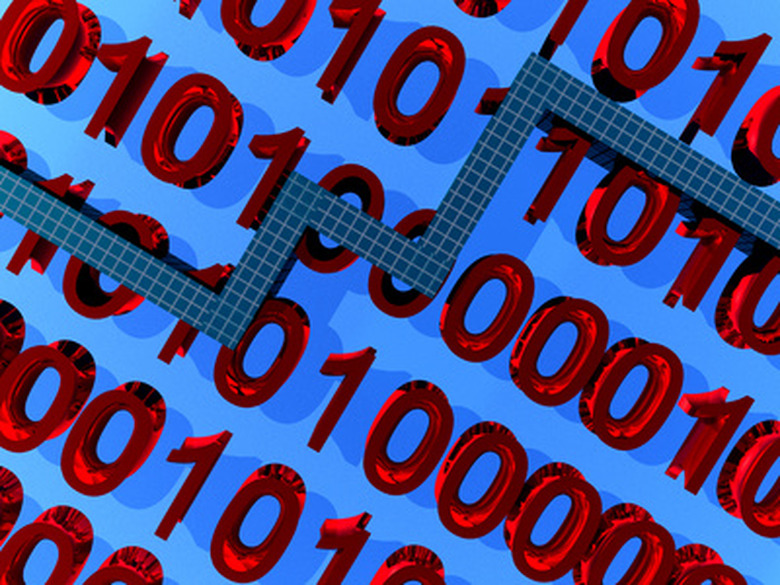Difference Between Digital Inverter & Sine Wave Inverter
Digital inverters and sine wave inverters are unrelated electrical devices. Digital inverters flip the one and zeros in binary signals. Sine wave inverters use direct current (DC) electricity to simulate alternating current (AC) electricity.
Digital Inverters
Digital Inverters
Binary communication consists of ones and zeros. A digital inverter is a basic building block of many binary devices. It simply takes a zero or one as input and returns a one or zero, respectively, as output.
Modified Sine Wave
Modified Sine Wave
Inverters convert DC power (steady positive voltage) to AC power (voltage that alternates positive and negative as a sine wave). They do this by rapidly flipping the DC power, positive to negative and back again. However, the resulting waveform usually comes out box-shaped. rather than a smooth sine wave curve, which is why some inverters are called "modified" sine wave inverters.
Pure Sine Wave
Pure Sine Wave
"Pure" sine wave inverters implement complicated and expensive technology to produce a smooth sine wave output. The smooth power provided is better suited to higher-end electrical appliances than is the output from a modified sine wave inverter.
Cite This Article
MLA
Friedman, Joe. "Difference Between Digital Inverter & Sine Wave Inverter" sciencing.com, https://www.sciencing.com/difference-inverter-sine-wave-inverter-6868740/. 24 April 2017.
APA
Friedman, Joe. (2017, April 24). Difference Between Digital Inverter & Sine Wave Inverter. sciencing.com. Retrieved from https://www.sciencing.com/difference-inverter-sine-wave-inverter-6868740/
Chicago
Friedman, Joe. Difference Between Digital Inverter & Sine Wave Inverter last modified March 24, 2022. https://www.sciencing.com/difference-inverter-sine-wave-inverter-6868740/
